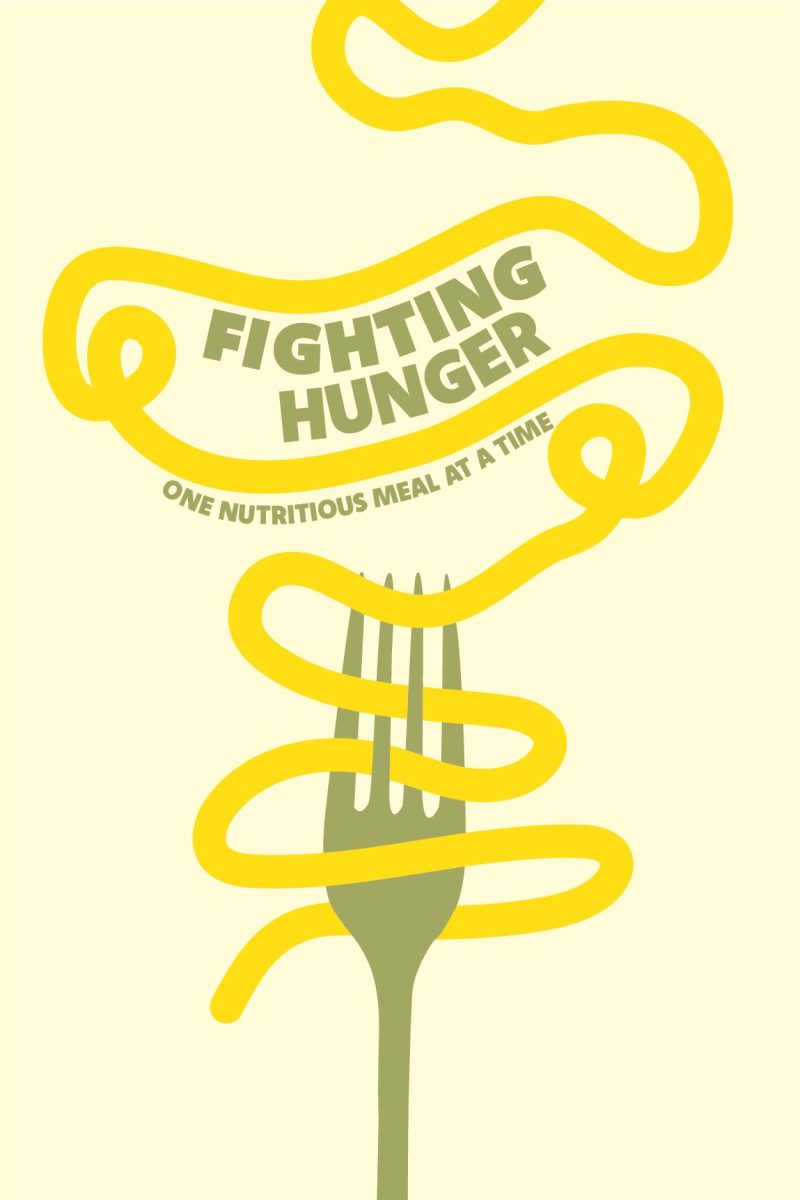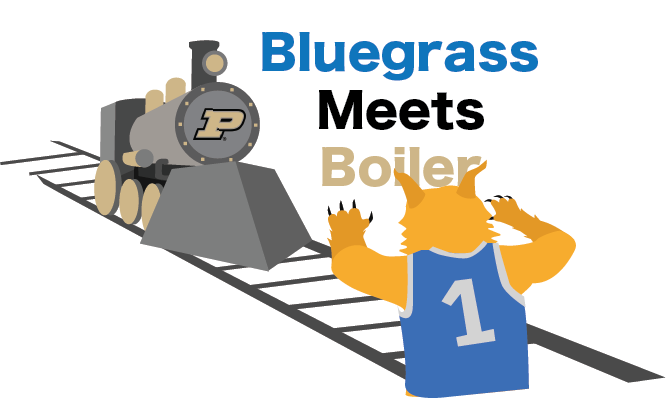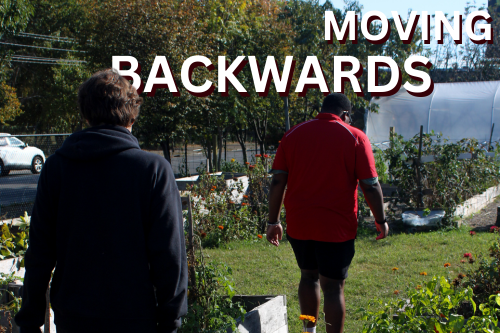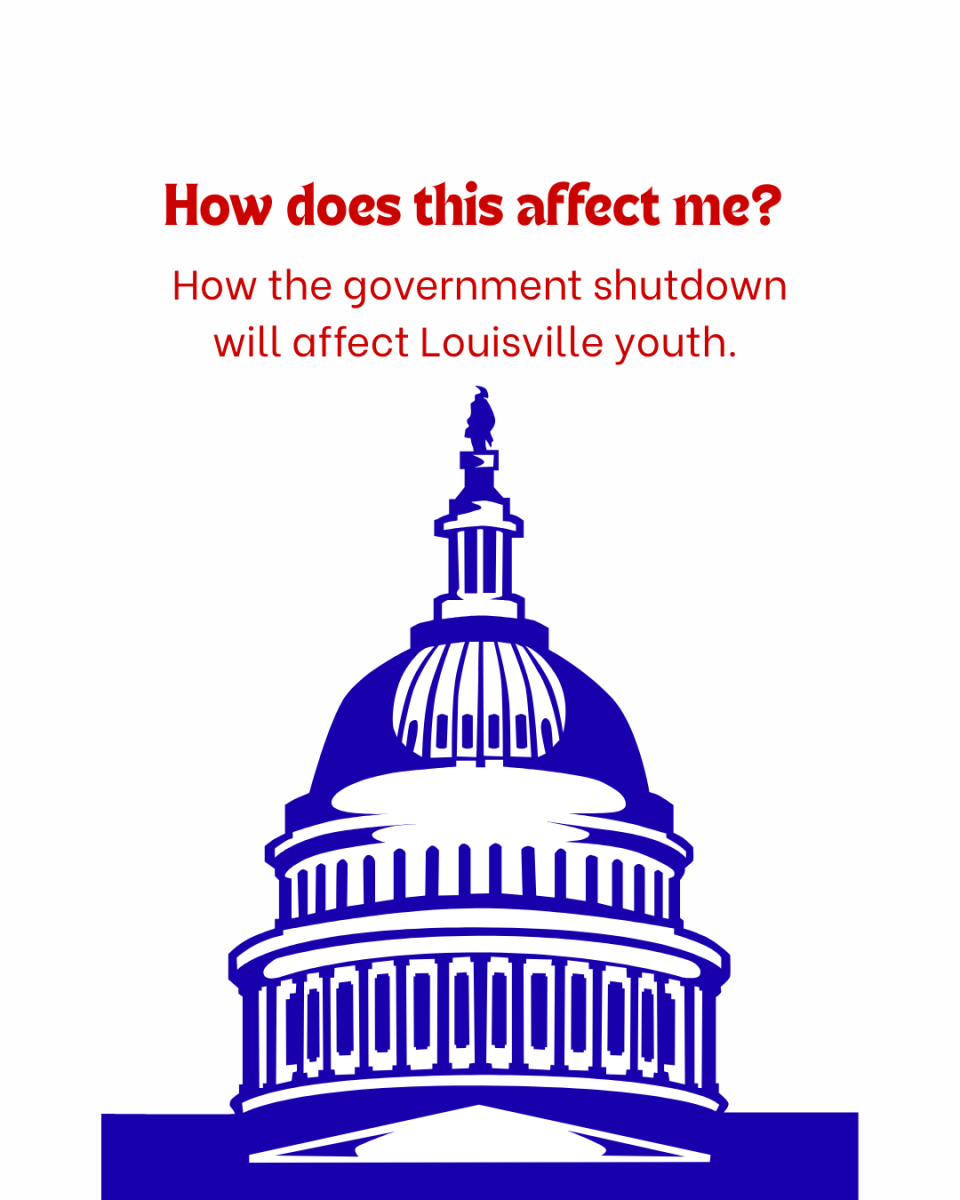We’ve all heard the term “food insecurity,” but what does it actually mean? The Oxford Dictionary defines it as, “The state or condition of not having reliable access to a sufficient quantity of affordable, nutritious food to meet one’s basic dietary needs.” This issue may sound dystopian, especially for a country as developed as the United States, however it’s no secret that food insecurity has been a pressing issue in our country for decades. More recently, the topic has seen a definite increase in media attention. What is being done about hunger in the United States, or is it just a problem that gets frequently discussed but never really solved?
According to a study conducted by the Economic Research Service of the USDA, in 2022, 44.2 million people resided in food-insecure households, 7.3 million of which were children. In Kentucky specifically, statistics presented by Feeding America state that 1 in 8 people face hunger, with children having a 1 in 7 rate. These numbers make it even clearer that this is an issue that needs to be legitimately addressed, but what more can be done beyond mere recognition of the problem at hand?
One organization in particular has been active in their efforts to battle food insecurity since 1968. The USDA’s Child and Adult Food Program (CACFP) works to provide eligible children and adults, who are enrolled at a plethora of participating institutions or programs, with reimbursements for nutritious meals. This includes daycare centers, afterschool programs, emergency shelters, and any other licensed childcare facilities that fall under their income eligibility requirements.
Strict regulations on the food being provided help maintain the CACFP’s nutritional promises to the acceptable standards. As explained by Elizabeth Fiehler, the CACFP Manager in the Division of School and Community Nutrition, participating sites go through recurrent reviews to ensure that the reimbursements provided to them by the program are being spent appropriately. Fiehler stated, “For every dollar that they receive in reimbursement, they have to show us where they put that money.” She described their meticulous review process of said expenditures. “They have to have credible meats, they have to have credible fruits and vegetables, they have to have credible whole grain items, they have to purchase 1% or skim milk…It is very heavily regulated.” If the locations do not comply with the regulations, their reimbursements are unfortunately revoked.
Fiehler later emphasized that while the strictness of this program may seem counterintuitive, its aim is to work with the participating sites, not against them. She noted, “Even though it sounds like we spend a lot of our time reviewing and auditing, we spend even more time conducting training.” She ensured that the program’s goal is to “make it [participation] as easy as possible because it is a voluntary program” because they ultimately want the participating sites to be successful in providing nutritious meals for the recipients, which is why they put so much effort into properly training the sites so that reimbursement revokements don’t have to occur.
While it may sound like the CACFP program has food insecurity under control, Fiehler expressed that the awareness for their services is not nearly where it could be. She shared that there are many reimbursement opportunities being missed by places that host after school programs or gatherings for youth simply because they don’t know about the program. When asked what the public could do to help, Fiehler affirmed that getting the word out about their services is the most helpful thing people can do for their cause. Whether that’s informing your local YMCA, Boys & Girls Club, church, or any other potential benefactor, any step in serving more nutritious meals is a step in the right direction.
According to the CACFP website, “Each day, more than 4.2 million children and 138,000 adults receive nutritious meals and snacks through the Child and Adult Care Food Program.” These numbers, while not large enough to completely tackle the aforementioned food insecurity statistics, show promise for the children of America that may not otherwise see nutritious food at home, which is why we all have a responsibility to advocate for the CACFP’s services to any community centers who may be able to participate.
Food insecurity will not be solved by one organization alone, but furthering the cause of one organization is better than remaining inactive in the issue, which is where the advocacy comes into play. Through continued advocacy, the mission of the CACFP will be spread to even more communities throughout the United States, which is a massive step in reducing the food insecurity rates that have become accepted as the new normal for our country.
Design by Noa Yussman
















